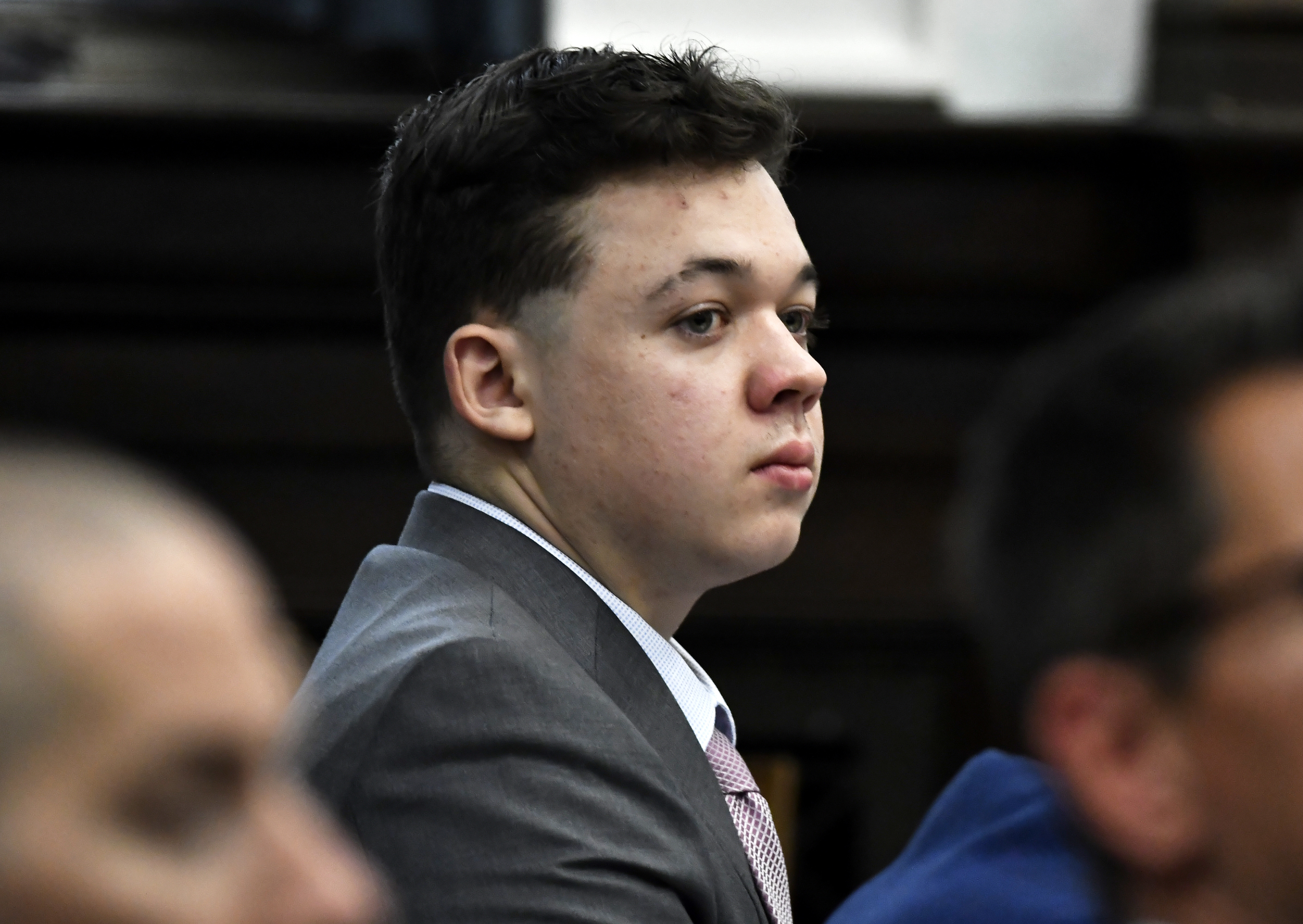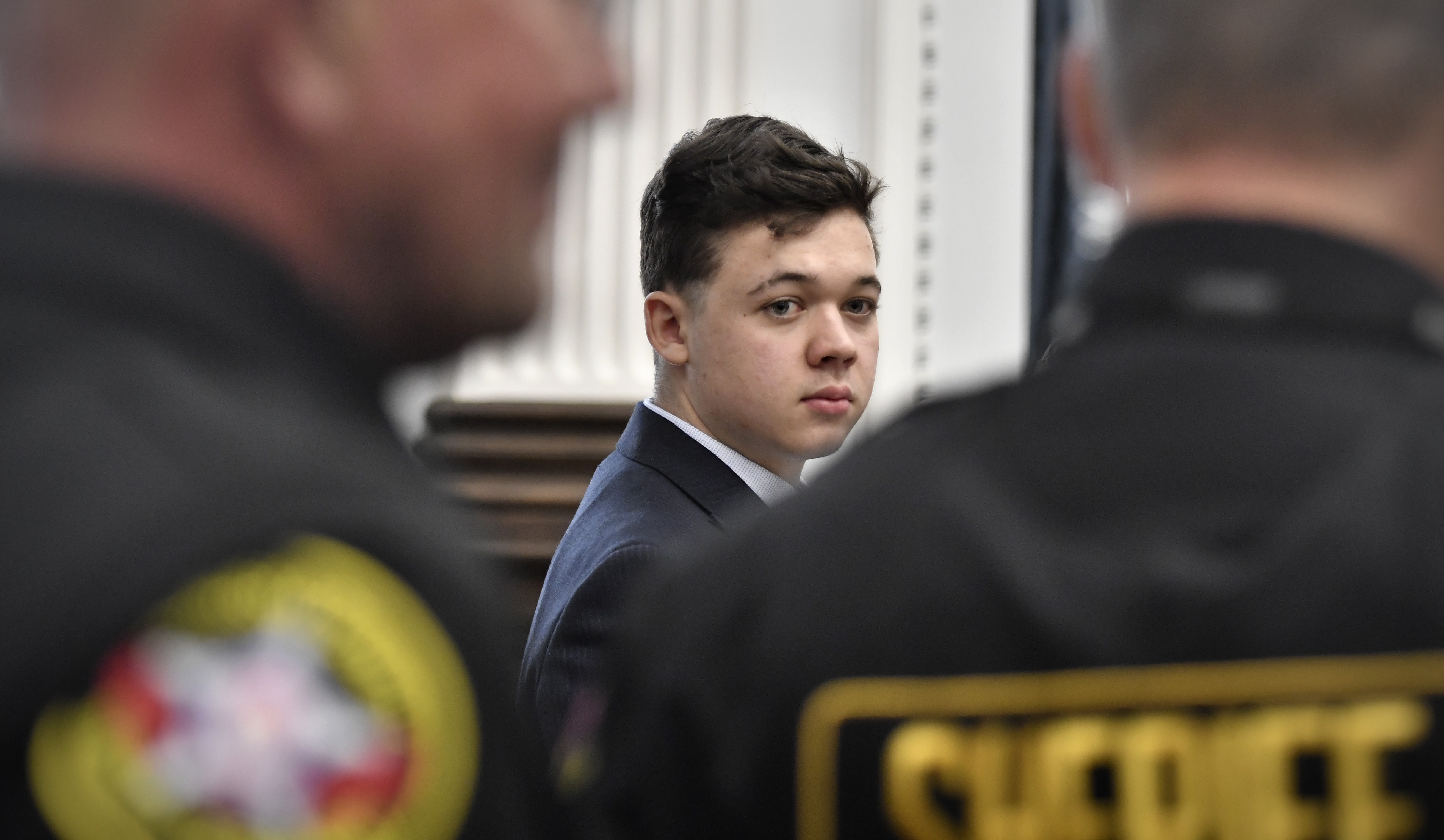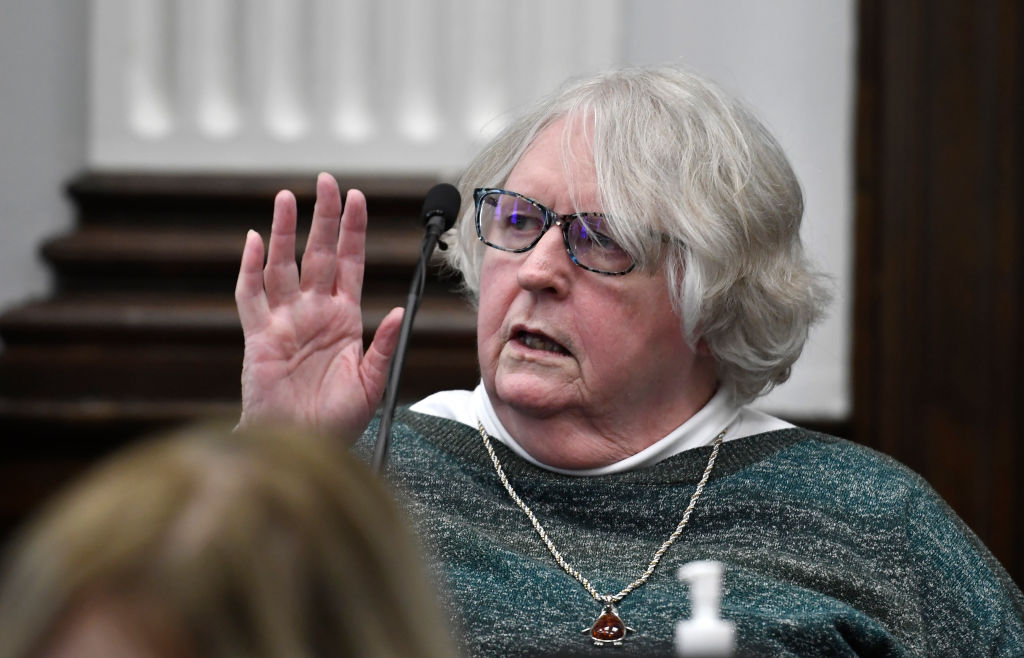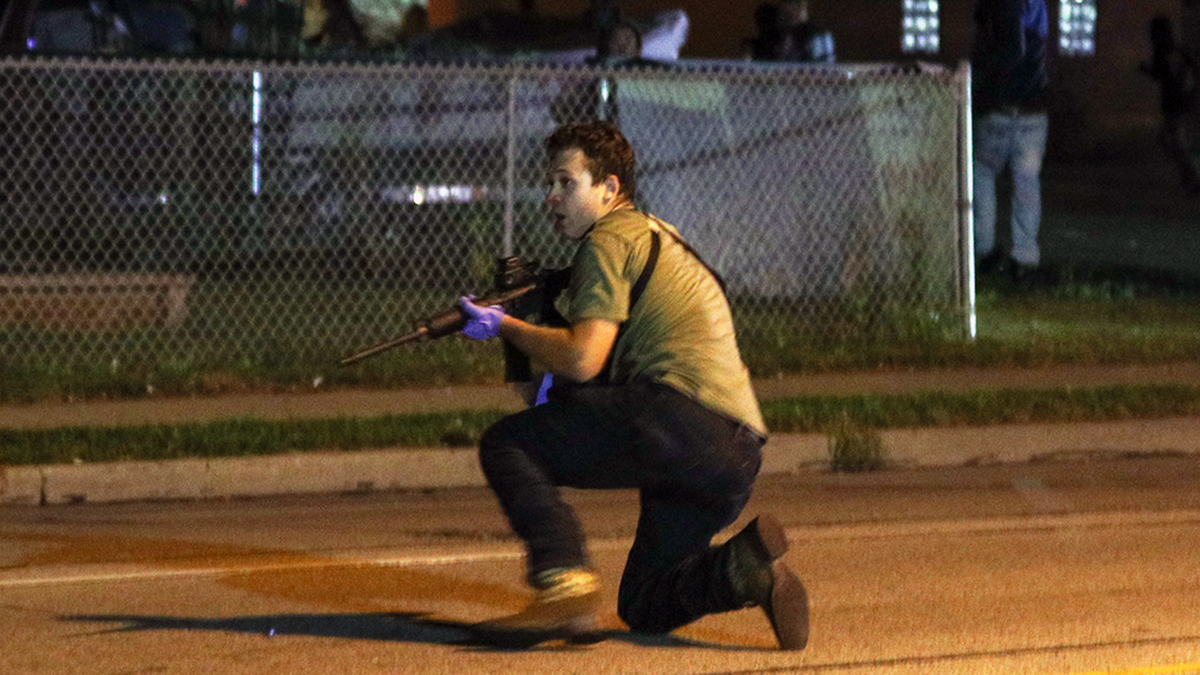NOTE: NBC Chicago will provide a live feed from the courtroom as available throughout the trial. Watch live in the player above. Warning that some of the content and images shown during the trial may be graphic and disturbing for some viewers.
Kyle Rittenhouse's trial is set to continue Tuesday, one day after key testimony in the case brought a man who survived the shooting in front of jurors for the first time.
The prosecution is expected to soon rest its case.
Now in its second week, the trial resumed Monday with a protester and volunteer medic who survived after Rittenhouse shot him on the streets of Kenosha.
LIVE COVERAGE: A live feed of Kyle Rittenhouse's murder trial is available when court is in session.
Gaige Grosskreutz, the third and final man gunned down by Rittenhouse during a night of turbulent racial-justice protests in the summer of 2020, took the stand Monday at Rittenhouse's murder trial and recounted how he drew his own pistol after the bloodshed started.
Grosskreutz testified that he pointed his own gun at Rittenhouse but didn't mean to and had no intention of firing it.
“I thought the defendant was an active shooter,” said Grosskreutz, 27. Asked what was going through his mind as he got closer to the 17-year-old Rittenhouse, he said, “That I was going to die.”
Rittenhouse shot Grosskreutz in the arm, tearing away much of his bicep — or “vaporized” it, as the witness put it.
Feeling out of the loop? We'll catch you up on the Chicago news you need to know. Sign up for the weekly Chicago Catch-Up newsletter.
Rittenhouse, now 18, is on trial on charges of killing the two other men and wounding Grosskreutz. The one-time police youth cadet from Antioch, Illinois, had gone to Kenosha with an AR-style semi-automatic rifle and a medical kit in what he said was an effort tosafeguard property from the violent demonstrations that broke out over the shooting of Jacob Blake, a Black man, by a white Kenosha police officer.
Testimony was expected to continue Tuesday with the state nearing the end of its case.
Prosecutors have portrayed Rittenhouse as the instigator of the bloodshed. His lawyers have argued that he acted in self-defense. He could get life in prison if convicted of the most serious charges against him.
Under questioning from the prosecution, Grosskreutz said he had his hands raised as he closed in on Rittenhouse and didn’t intend to shoot him. Prosecutor Thomas Binger asked Grosskreutz why he didn’t shoot first.
“That’s not the kind of person that I am. That’s not why I was out there,” he said. “It’s not who I am. And definitely not somebody I would want to become.”
But during cross-examination, Rittenhouse defense attorney Corey Chirafisi asked: “It wasn’t until you pointed your gun at him, advanced on him … that he fired, right?”
“Correct,” Grosskreutz replied. The defense also presented a photo showing Grosskreutz pointing the gun at Rittenhouse, who was on the ground with his rifle pointed up at Grosskreutz.
Grosskreutz, under follow-up questioning from the prosecutor, said he did not intend to point his weapon at Rittenhouse.
Wisconsin’s self-defense law allows someone to use deadly force only if “necessary to prevent imminent death or great bodily harm.” The jury must decide whether Rittenhouse believed he was in such peril and whether that belief was reasonable under the circumstances.
Grosskreutz said he had gone to the protest in Kenosha to serve as a medic, wearing a hat that said “paramedic” and carrying medical supplies, in addition to a loaded pistol. He said his permit to carry a concealed weapon had expired and he did not have a valid one that night.
“I believe in the Second Amendment. I’m for people’s right to carry and bear arms,” he said, explaining why he was armed. “And that night was no different than any other day. It’s keys, phone, wallet, gun.”
He said he went into action after seeing Rittenhouse kill a man just feet away — the second person Rittenhouse fatally shot that night.
While Grosskreutz said he never verbally threatened Rittenhouse, Chirafisi, the defense attorney, said that people don’t have to use words to threaten others. They can do so by their actions, “like running after them down the street with a loaded firearm,” Chirafisi said. Grosskreutz denied he was chasing Rittenhouse.
Chirafisi also said Grosskreutz lied when he initially told multiple police officers that he dropped his weapon.
In addition, Chirafisi pointed to Grosskreutz’s lawsuit against the city of Kenosha, in which he alleges police enabled the violence by allowing an armed militia to have the run of the streets during the demonstration.
“If Mr. Rittenhouse is convicted, your chance of getting 10 million bucks is better, right?” Chirafisi said.
Chirafisi also asked Grosskreutz if he told his former roommate that his only regret was “not killing the kid and hesitating to pull the gun before emptying the entire mag into him.” Grosskreutz denied saying that.
Grosskreutz, who was trained as a paramedic, testified that he volunteered as a medic at protests in Milwaukee in the days after George Floyd died under the knee of a Minneapolis police officer in May 2020. Grosskreutz said he attended around 75 protests before the night he was shot, offering help to anyone needing medical attention.
While Rittenhouse is white, as were those he shot, the case hasstirred racially fraught debateover vigilantism, the right to bear arms, and the unrest that erupted around the U.S. that summer over police violence against Black people.
Last week, witnesses at the trial testified that the first man shot and killed, Joseph Rosenbaum, 36, was “hyperaggressive” and “acting belligerently” that night and threatened to kill Rittenhouse at one point.
One witness said Rosenbaum was gunned down after he chased Rittenhouse and lunged for the young man's rifle.
Rosenbaum’s killing set in motion the bloodshed that followed moments later: Rittenhouse killed Anthony Huber, a 26-year-old protester seen on bystander video hitting Rittenhouse with a skateboard. Rittenhouse then wounded Grosskreutz.





